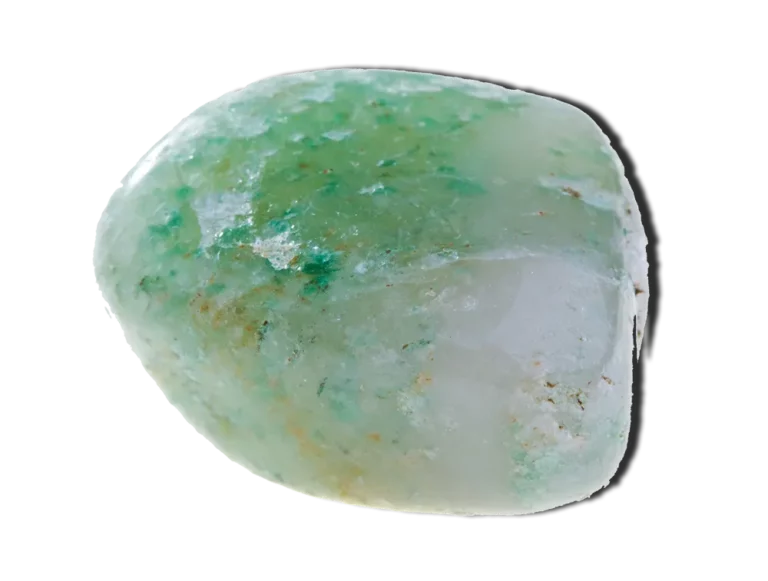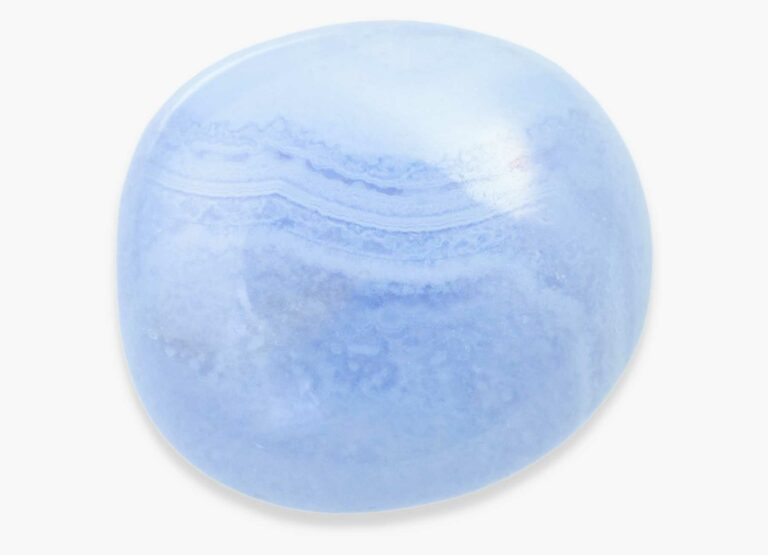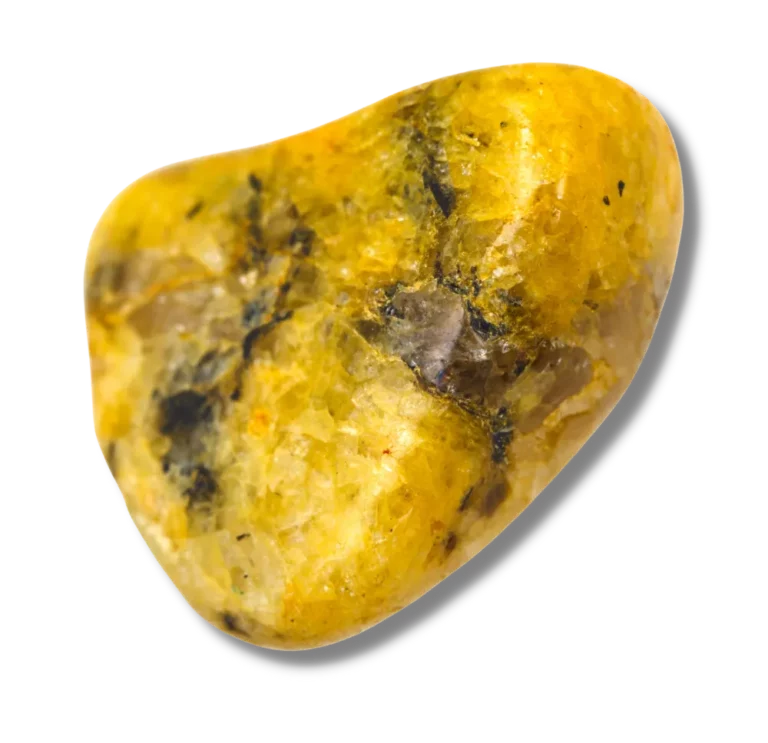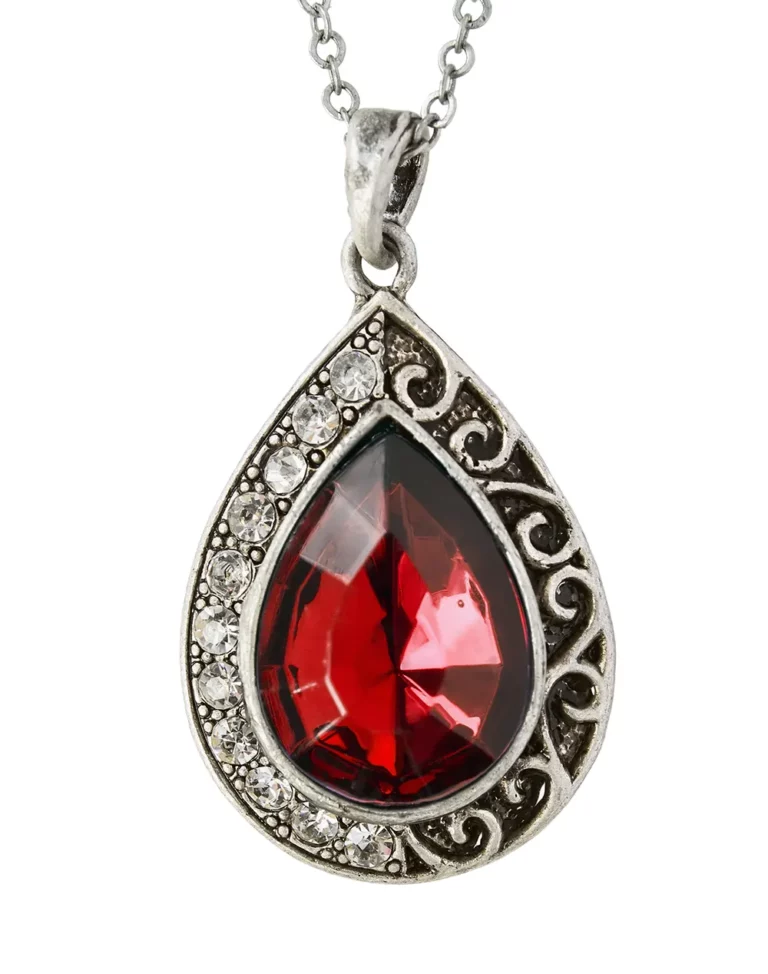Paraiba Tourmaline: Properties, Benefits & Meanings
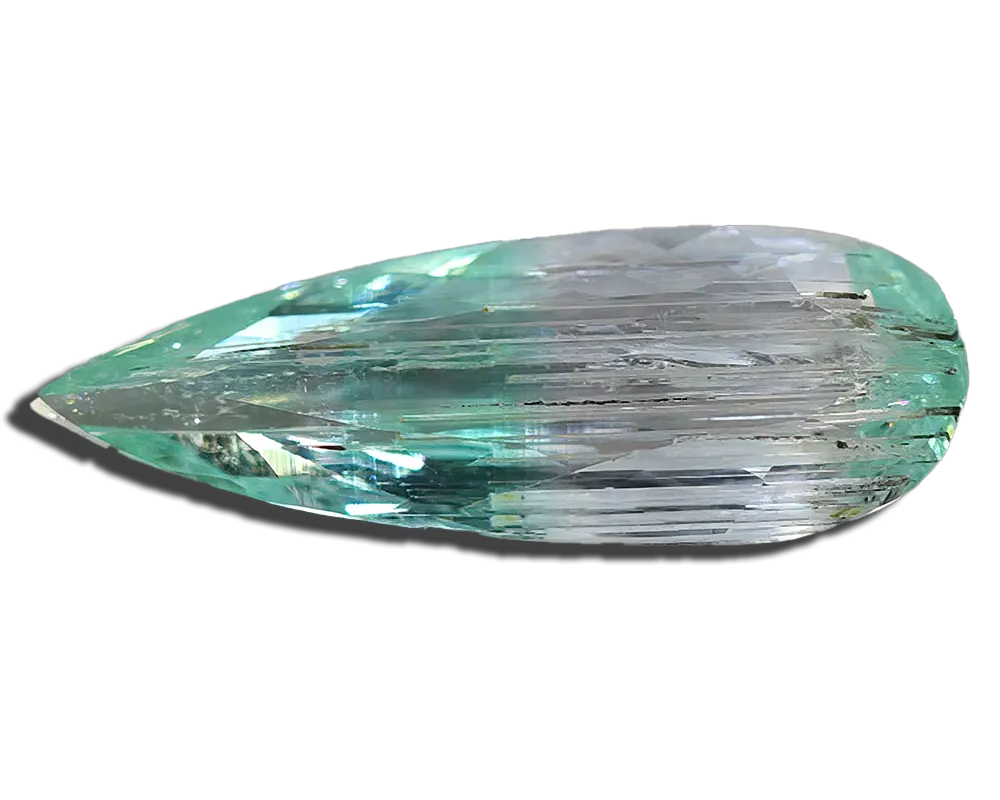
Paraiba Tourmaline Overview
Paraiba Tourmaline is a unique type of Tourmaline that is found only in the state of Paraiba, Brazil. It’s a beautiful gemstone with an intense blue color. It is an excellent stone for those who want to add color to their life.
This article will talk about the properties, meanings, and uses of the Blue Tourmaline stone.
What Is Paraiba Tourmaline Crystal?
Paraiba Tourmaline is an extremely rare blue-green variety of Tourmaline that is distinguished by its exceptionally intense color, often described as “electric blue” or “teal.” It’s also known for its distinctive copper inclusions, which give the stone an iridescent appearance. Paraiba Tourmaline is mined exclusively in Brazil, and its name comes from the city of Paraiba, where it was first discovered in the 1980s.
The vibrant color of this crystal makes it popular among collectors and jewelers alike, and it can also be used as an accent piece or centerpiece in jewelry pieces.
How Did Paraiba Tourmaline get its name?
The stone comes from the Sinhalese word “Turamali,” which means “stone of mixed colors.”
The name “Paraiba” comes from the Brazilian state where it is found: Paraiba.
How is Paraiba Tourmaline Crystal Formed?
Tourmaline is created when magma—molten rock below Earth’s surface—is subjected to extreme pressure and temperature. As the magma rises through the Earth’s crust, it cools and crystallizes into crystals that form in large masses called pegmatites—containing many trace elements such as lithium, iron boron, etc.
Tourmaline is found in these pegmatites and other metamorphic rocks, such as marble. Tourmaline can also be found in sandstone in trace amounts.
Paraiba Tourmaline Appearance
Paraiba tourmaline’s most distinctive feature is its color. It has a bright, intense blue hue that rivals that of sapphire and spinel. It can also be found in shades of pink, yellow, green, and orange.
The color of Paraiba Tourmaline ranges from light sky blue to dark midnight blue. The saturation can also vary, with some stones having more intense color than others. The color of the stone is often described as “electric” or “metallic” and is considered one of the rarest colors of Tourmaline available today.
The world’s largest cut tourmaline, owned by Billionaire Business Enterprises, is, in fact, a bluish-green tourmaline from Paraiba weighing 191.87 carats.
Where Can You Find Paraiba Tourmaline Crystal?
Paraiba Tourmaline is found in the Brazilian state of Paraíba.
Similar tourmalines can be found in Nigeria and Mozambique, but their color is not as saturated as the color of Brazilian paraiba tourmaline.
Although the Brazilian and African tourmalines were almost chemically identical, members of the gemstone community argued that “Paraiba” should be reserved for use with only the Brazilian stones.
Paraiba Tourmaline Physical Properties
| Mineral Group | Tourmaline |
| Formula | Na(Li1.5Al1.5)Al6(Si6O18)(BO3)3(OH)3(OH) |
| Color | Blue, Green |
| Hardness (Mohs scale) | 7 – 7.5 |
| Refractive Index | 1.618 – 1.643 |
| Fracture | Uneven |
| Luster | Vitreous |
| Specific Gravity | 3.04 – 3.13 |
| Transparency | Translucent, Transparent |
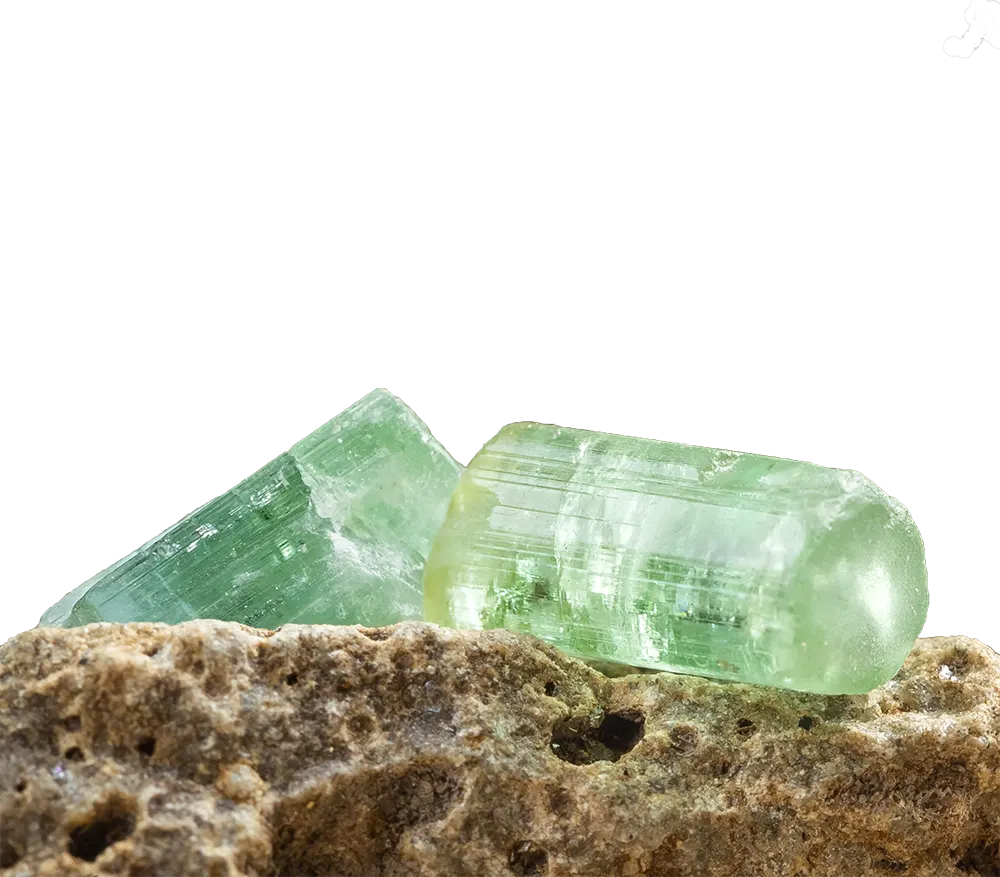
How To Tell If Paraiba Tourmaline Is Real?
You can identify whether a stone is genuine or not using the following criteria:
- Scratch Test: Paraiba Tourmaline is a hard mineral with a 7 – 7.5 on the Mohs hardness scale. Due to this property, it is tough to scratch this mineral. If you try to score the stone with a knife or any other sharp object, it should not leave any marks on the surface of the Tourmaline. If you can scratch it, then it is not real.
- Acetone Test: Do an acetone test. Soak in acetone for a few minutes to see if the color comes off. If it does, then it’s likely fake.
- Check for inclusions: Inclusions are natural flaws in the rock, even in natural Blue Tourmaline stones. If you look closely at your gemstone, you should be able to find them small and irregularly shaped. If there aren’t any irregularities of this kind, it’s a fake.
If you are unsure, bring it to a gemological expert to verify.
Paraiba Tourmaline Crystal Value
The value of Paraiba Tourmaline is influenced by its size, cut, color, and clarity.
Size
The size of the stone is a significant determinant of its value. Larger stones are rarer and, therefore, more valuable. Therefore, the price increases exponentially with the size of the gemstone.
Color
Color is the most critical factor in determining their price. The intensity, continuity, depth, and pattern of the color found on a gemstone influence its price. Also, certain shades are rarer than others, affecting overall value.
The purer the color, the more expensive it is. The most prized color is a vivid blue with no secondary hues or tints of green or brown. However, a stone that is not perfectly blue but has a hint of green might be worth more than one that is entirely blue.
Cut
The cut of a gemstone is how it has been faceted and polished. A well-cut stone will reflect light better than one that is poorly cut. The gem’s cut is the most significant factor in determining its value.
The most valuable stones are those with well-defined, eye-catching colors and clarity. Cut also affects the brightness, sparkle, and fire of a gemstone. There are many cuts that can be used to enhance the beauty of a tourmaline crystal.
Clarity
The clarity of a gemstone refers to its freedom from inclusions. Inclusions are tiny imperfections within the crystal, such as cracks or small foreign particles. The fewer inclusions there are and the less noticeable they are, the higher the value of the stone. Some stones have naturally occurring internal features such as bubbles or flow lines that give them their own unique beauty. However, these features only detract from their value if they are unusually large or numerous.
Tourmaline crystals are often cut with an emerald-style step cut to highlight their brilliant colors.
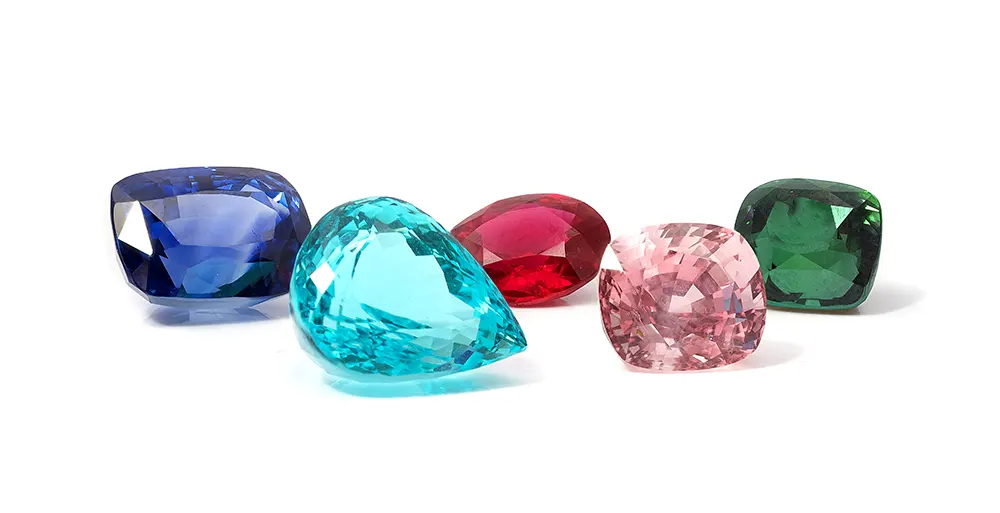
Paraiba Tourmaline Chakra Connection
Throat Chakra
Paraiba Tourmaline is also related to the Throat Chakra (Vishuddha) and is located at the base of the neck. This Chakra is associated with speech and communication, as well as the ability to vocalize your truth. It also helps us determine what we are ready to hear. It is also linked to our ability to communicate with others telepathically, which makes it a vital energy center for people who wish to develop their psychic abilities or are interested in astral travel and lucid dreaming.
Disruption in this Chakra can manifest as communication and self-expression problems, including speech issues. It can also show up as a feeling of being unable to understand or express yourself. We feel as if we are being misunderstood and undervalued. It can also cause us to be overly critical of ourselves or others.
Paraiba Tourmaline assists in balancing this energy center by helping us clear our minds of clutter so we can connect to higher realms of knowledge and insight.
Paraiba Tourmaline Meaning And Uses
Strength
Strength and determination are two of the most prominent qualities of Paraiba Tourmaline.
It’s also a stone that helps us face our fears, especially those we have created for ourselves. Paraiba Tourmaline is an excellent stone for those suffering from depression and anxiety because it promotes self-acceptance, which can help us feel better about ourselves. It is a powerful stone that can help us find our inner strength and use it to overcome obstacles, especially when worn as a pendant. It can also assist in helping us achieve goals and realize our dreams.
Jewelry And Ornaments
Paraiba Tourmaline is often used in jewelry like bracelets and rings, but it is also found in pendants. It’s a popular stone for those who enjoy wearing more subtle pieces and those who prefer bolder styles.
Communication
Paraiba Tourmaline is also a stone that can help us communicate more effectively. It can assist us in being more honest and open, allowing others to trust us more easily. This is especially beneficial for those trying to form new relationships or make changes in their lives. It can assist us in expressing our feelings more clearly and with less fear of rejection or judgment. It also helps us to listen better to understand what others are saying without making assumptions or jumping to conclusions.
Meditation
As a stone of meditation, Paraiba Tourmaline can help us to reach a meditative state more easily. It will assist us in quieting our minds, which leads to a deeper level of relaxation and inner peace. It can also help us focus on specific thoughts or goals to achieve them more quickly and efficiently. It will help us quiet our minds and focus more on the present moment. This is helpful for those trying to achieve enlightenment or oneness with the universe, as well as those who want to feel calmer and at peace with themselves.
Protection And Balance
Paraiba Tourmaline is a stone of protection and balance. It can help us to overcome depression and anxiety, as well as other negative emotions. This crystal’s calming effect will help us feel peaceful even during challenging times. This is because it helps with stress relief and relaxation by releasing tension in the body. Paraiba Tourmaline is a balancing stone that helps to bring mind, body, and spirit into harmony. It can help us get in touch with our feelings and feel more grounded.
Prosperity
Paraiba Tourmaline can help us to manifest prosperity in our lives. It helps us to feel more positive about ourselves and the world around us, which is important if we want to attract wealth into our lives. This stone can also be used to manifest desires by helping us focus on what we want and think positively about it.

How To Clean Paraiba Tourmaline Crystal Jewelry?
Here are some steps to help your jewelry retain its beauty.
- Soak the jewelry in warm water mixed with soap for a few minutes to soften the gunk.
- Use a gentle soap solution to rinse the piece until the debris and dust are washed away. If you are having trouble, you can use a soft toothbrush to clean the dirt.
- You can give the crystal a final buff with a clean microfiber cloth after it has dried. Do not use cotton cloths as they leave bits of lint behind on polished surfaces.
- You can use a smudge stick to rid your stone of negative energy that it absorbed.
- You can recharge your gem by exposing it to moonlight or burying it underground for at least 6 hours, but overnight is best.
FAQ
Which Gemstones Go Best With Paraiba Tourmaline?
Paraiba tourmaline is a very popular gemstone that pairs well with many other gems.
The most common combination for Paraiba tourmaline is diamonds and emeralds. The soft green hue of the stone complements both of these gems beautifully. Paraiba tourmaline also goes well with other green stones such as peridot and tsavorite garnet. It can be used to set off yellow diamonds, citrine, or even brown diamonds and topaz.
What Is Paraiba Tourmaline Good For?
Paraiba tourmaline is generally used in jewelry, but it can also be used for other things like decorating glassware or carvings. Paraiba tourmaline is made into necklaces and rings, but it can also be used in different ways. For example, the stone can be carved into figurines or decorative pieces for display or used to make ornate glassware.
What Are The Healing Properties Of Paraiba Tourmaline?
This gemstone is known to reduce stress and anxiety and provide mental clarity and focus. It is also said to help improve sleep, leading to a better mood throughout the day.
The benefits of wearing this beautiful stone include increased creativity, inspiration, and productivity. The stone is also known for its ability to balance energy fields.
Is Paraiba Tourmaline Heat Treated?
Because of their rareness, many paraiba tourmaline gems are heat treated to increase their color intensity.
Heat treatment usually involves heating the stone to high temperatures to become more colorful or translucent than it would be naturally.


